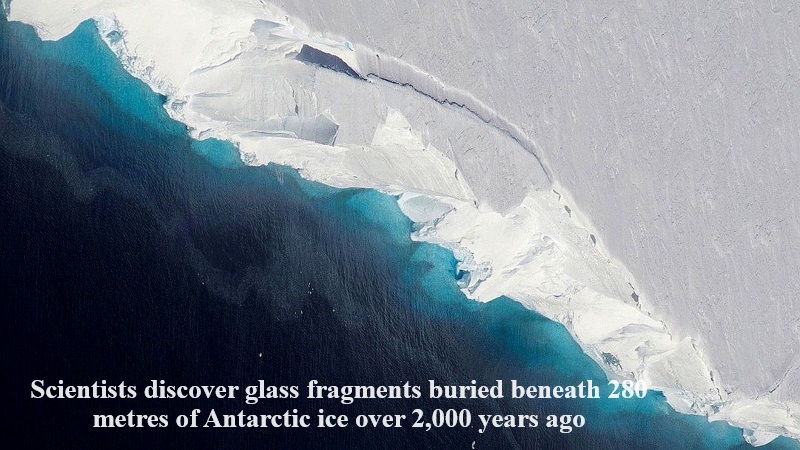
Approximately 1,800 years ago, New Zealand’s Taupo volcano experienced its most recent eruption, ejecting glass fragments that traveled all the way to Antarctica.
Recent scientific findings have revealed six glass shards that were propelled 5,000 kilometers southward and subsequently buried under more than 280 meters of Antarctic ice over two millennia ago.
A seventh shard, originating from a previous eruption of the same volcano, played a critical role in pinpointing their precise origins and confirming the timing of the event.
Efforts by researchers to identify evidence through radiocarbon dating of trees that were killed by the eruption have encountered challenges related to potential contamination.
Radiocarbon dating of trees has suggested that the eruption occurred around the year A.D. 232, but some experts argue that it could have transpired up to two centuries later.
Environmental scientist Stephen Piva, the lead author of the study and a PhD candidate at Te Herenga Waka-Victoria University of Wellington, stated, “Combined, the seven shards provide a unique and undeniable double fingerprint of the Taupo volcano as the source,” as cited by Science Alert.
According to the latest study published in Scientific Reports, scientists investigated a 764-meter-long ice core obtained from the Ross Ice Sheet in West Antarctica. This core is rich in approximately 83,000 years of climate data.
Within the ice core, researchers located seven glass shards, measuring around 10 to 20 microns in length, composed of rhyolite, a mineral resembling granite, at a depth of 279 meters.

Post Your Comments